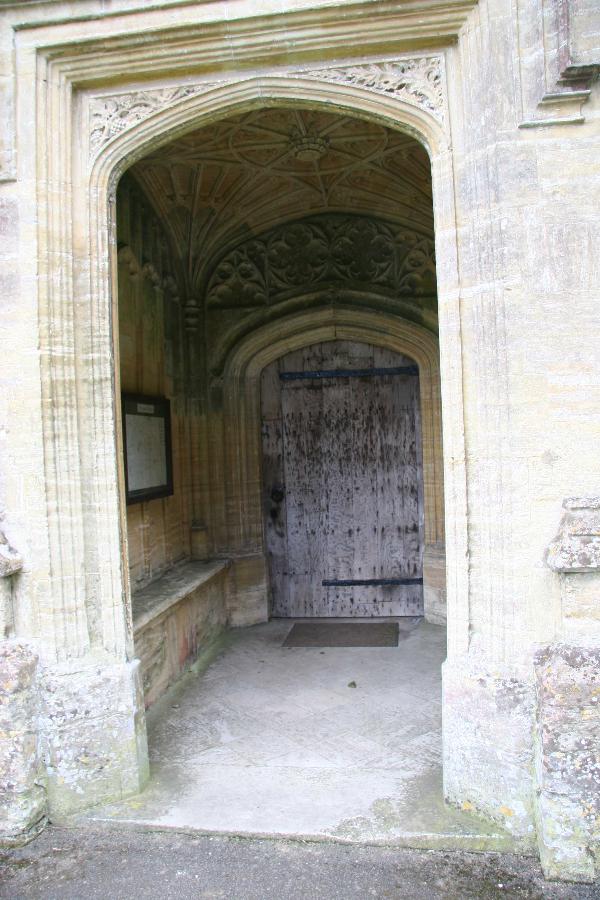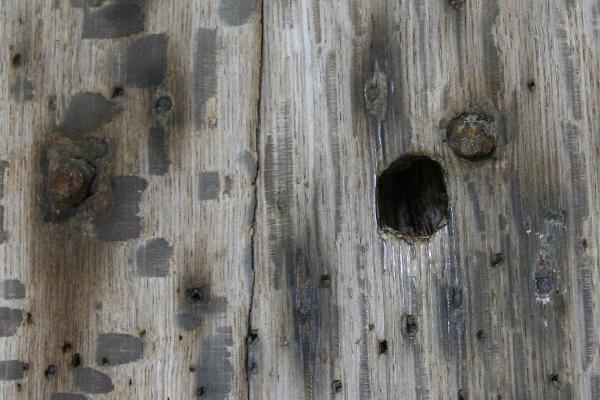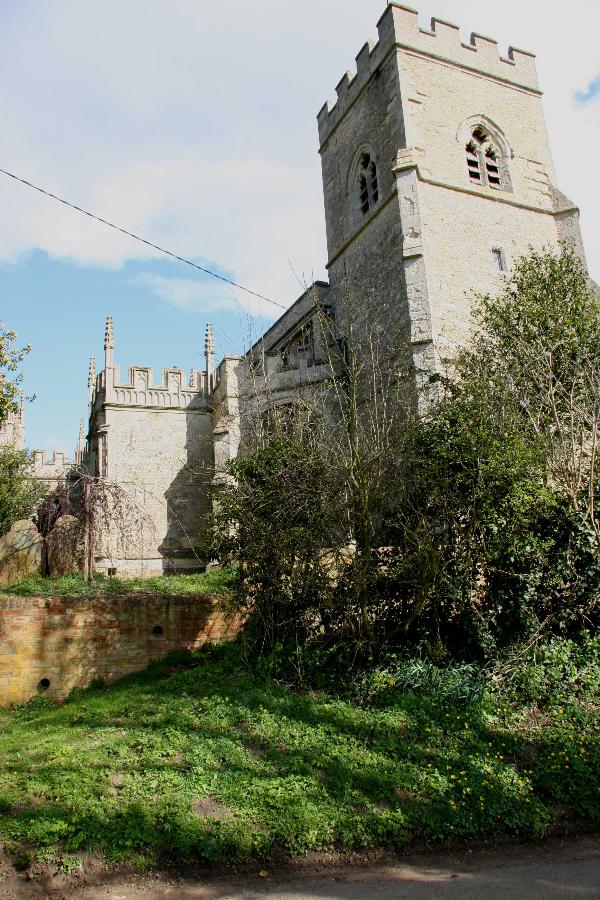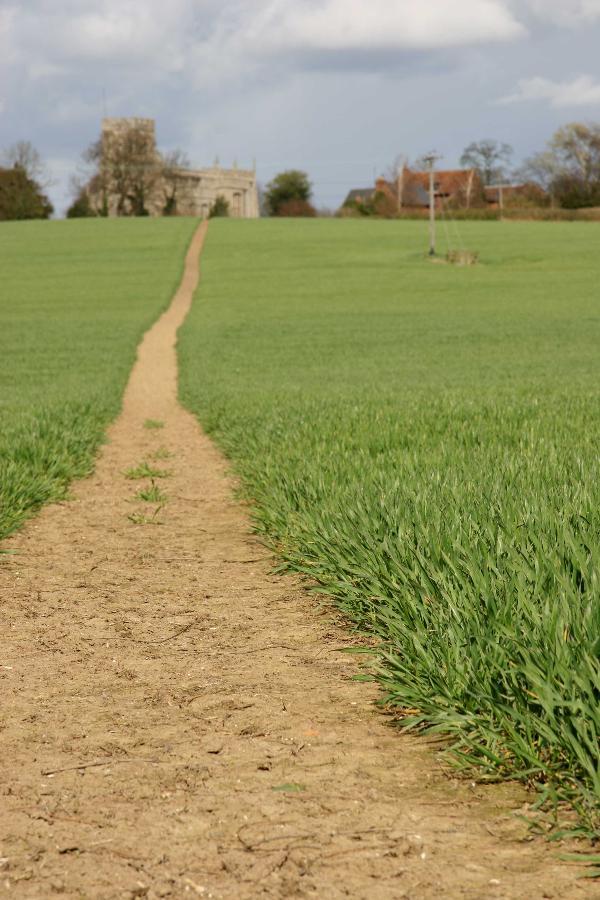Civil War in Bucks - Hillesden House Traditional Geocache
Civil War in Bucks - Hillesden House
-
Difficulty:
-

-
Terrain:
-

Size:  (small)
(small)
Please note Use of geocaching.com services is subject to the terms and conditions
in our disclaimer.
This is the second in a series of Caches visiting locations of significance to Buckinghamshire during the English Civil War. This is a straightforward park and walk cache. Be sure though to go and have a look at the church door which is probably the most tangible evidence of fighting in the county, 350 years ago.

It is advisable to check a map to locate Hillesden before setting out as it is accessed by a single road. Once you are getting close you should see a sign for “Church End (only)”. Recommended parking is at N51° 57.196 / W001° 00.234 which is right outside the church so there really is no excuse for not having a look at the church door!!!

 The owner of Hillesden House was Sir Alexander Denton who was related to two of the most famous Civil War protagonists in Bucks. His wife Mary was a cousin of John Hampden, leading player in the Parliamentary cause, while his sister married Sir Edmund Verney who would die rather than relinquish the King’s colour at Edgehill. Sir Alex’s loyalties were also with the King. Hillesden occupied an important position between royalist Oxford and the parliamentary garrison of Newport Pagnell so he fortified the house for the King.
The owner of Hillesden House was Sir Alexander Denton who was related to two of the most famous Civil War protagonists in Bucks. His wife Mary was a cousin of John Hampden, leading player in the Parliamentary cause, while his sister married Sir Edmund Verney who would die rather than relinquish the King’s colour at Edgehill. Sir Alex’s loyalties were also with the King. Hillesden occupied an important position between royalist Oxford and the parliamentary garrison of Newport Pagnell so he fortified the house for the King.
Colonel William Smith was sent from Oxford to manage the defences. Part of which was a half mile ditch around the house and church and a gun platform built by nearly a thousand local country people. The defenders had five small, brass cannons but also improvised with an additional piece made from a hollow elm tree strengthened with metal hoops!
Unfortunately before all the work was finished it was attacked on the 4th March 1644 by 2,000 men led by Sir Samuel Luke and none other than Oliver Cromwell. This is the one, clearly documented occasion when Cromwell fought in Buckinghamshire.
Colonel Smith attempted to obtain terms but was offered only unconditional surrender - blood was going to be spilt.
The ditch was only knee deep in places so it was eventually overrun and the fighting moved to the church. As bodies lay across the grass, Colonel Smith surrendered the house before it was stormed to stop the killing.
This didn’t however save the house. While it was being searched a trooper broke open some panelling to reveal hidden plate and coin. The rest of the house was ransacked but was any of the treasure buried elsewhere perhaps? Later on hearing news of a Royalist advance, the Parliamentary forces withdrew but not before torching the house.
Today there is nothing to be seen of the original house. A replacement was built in 1648 but that too burnt down in the nineteenth century. The current house, off to the east, is thoroughly modern but you can use its position to gauge the extent of the trenches around it and the church.
You simply must look at the church’s north door. The house may have fallen without a fight but clearly the church did not. Musket ball holes riddle the door. It was originally decorated with astronomical drawings but it is hard to tell after it got Cromwell’s attention.
So as you head off towards the cache you cross the only remaining parts of the earthworks. These are given as being to the west of the church so do they run from where the footpath leaves the road down past the parking spot?
The Cache contains the usual log, pencil, initial goodies and a souvenir card for the first lucky finder.


On returning from the cache (did you find any of the hidden plate?) you can appreciate the tactical significance of this location. Since the church fell first does that mean the attack came from the west? Are you treading in Cromwell’s steps as you walk back up the hill? Looking left and right of the church you can see that every approach is uphill. The same is true of the easterly approach. The fortified house and church make an excellent defensive positions and a surrounding trench at the hill summit, would allow cannon and musket to pour down on any attacker. So once an attacker had marched slowly up that hill, receiving murderous fire, they would be in no mood to give quarter once they fell upon the church.
Additional Hints
(Decrypt)
N srj oevpxf yrsg bire?